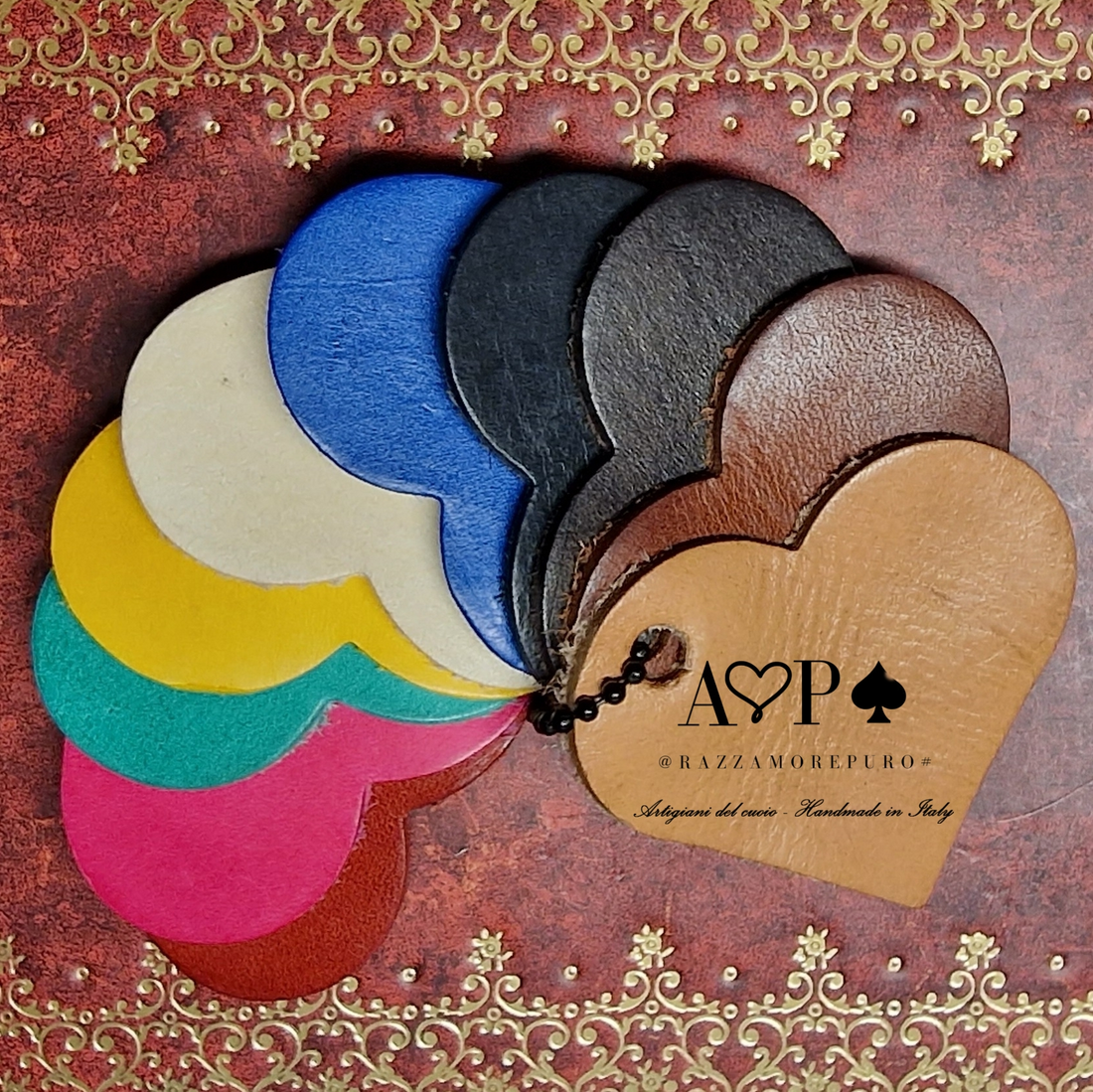
VEGETABLE TANNED LEATHER. WHAT DOES IT MEAN?
The concept of "vegetable tanned leather" often generates doubts and confusion: there are those who think that it is leather of vegetable origin, those who confuse it with eco-leather, and there are also those who consider the tanning processes a priori as pollutants.
So, let's clarify things a little and see together what vegetable leather is and how it is worked.
What does vegetable tanned leather mean
When we talk about "vegetable leather" or "vegetable leather" we are referring to its tanning method (vegetable tanning, in fact) and not to its origin. This means that vegetable tanned leather is always part of the category of skins of animal origin: generally these are bovine, sheep or goat skins, which are subjected to tanning, a leather processing process that allows its organic decline to be arrested, preserving the fibers of which the dermis of the skin itself is made. In other words, tanning is a necessary step to ensure that the leather does not decompose according to the natural cycle of organic materials.
To be sure of providing the product we are talking about, we relied on a tannery that produces only and exclusively vegetable tanned leather and which has been ICEC certified for years.
It should be noted that no animal is killed for the sole purpose of obtaining leather (unlike what happens with fur). In fact, tanneries exclusively recover and reuse waste leather from the food industry, which would otherwise require special disposal with high management costs.
Vegetable tanning: a history rich in tradition
Among the many types of tanning on the market, vegetable tanning stands out for being the most traditional, natural and ecological of all. It is defined as "vegetable" because the raw materials used in tanning (i.e. the so-called tanning agents) are tannins, natural substances that are produced by trees and which serve to defend the plant from attack by external bacteria. These tannins are extracted from different parts of the plants, including the wood, bark, pods, fruits and leaves. The most used tannins are obtained from chestnut and quebracho wood, Tara pods and mimosa and acacia bark.
Vegetable tanning of hides has an ancient history, dating back to prehistory: the processing of hides, in fact, has been a necessity for millennia, being a difficult-to-dispose waste from meat processing.
And so, at a certain point, man understood that to stop the decomposition of the skin and make it easily workable, it was necessary to immerse it in a soluble solution (based on tannins) which transformed the animal's skin into leather.
In ancient times, tanning involved the fine shredding of the bark, which was then left to act on the hides in a pit thanks to the addition of water, which dissolved the tannins thus allowing them to be absorbed by the hides.
To date, the traditional tanning method for processing vegetable leather consists of the so-called slow tank tanning, a long and laborious process which involves immersing the hides in large tanks and which takes approximately three months to complete. Thanks to new technologies and techniques tested over the years, a second processing method has become widespread: rapid drum tanning, which thanks to the aid of rotating drums has shorter processing times than traditional tank tanning and makes the softer and more workable leather
Why choose vegetable tanned leather?
Unfortunately, at an industrial level, the ancient vegetable tanning process has been almost completely replaced by processing with chromium salts, a much faster type of processing (it takes 7-11 hours of work) and which allows for robust leather to be obtained. , soft and stable once coloured.
But then, why prefer vegetable tanned leather?
Vegetable tanning is the most eco-sustainable tanning method of all, because all products made with this methodology can be recycled: vegetable leather, in fact, is easily disposable thanks to its chemical and organic characteristics.
Furthermore, it is a totally natural process capable of producing the highest quality, odorless, antibacterial, breathable and durable leather.
Vegetable leather is also completely hypoallergenic and therefore perfect for the most sensitive skin, because the processing with tannins is carried out without the use of toxic substances or heavy metals.
In other words, vegetable tanned leather is the only alternative that is truly sustainable for the environment and safe for personal health. But there is more: the use of natural tannins makes vegetable tanned items unique and inimitable: they age but do not deteriorate, and the nuances of the tannins give the leather warm shades that have nothing to envy of chemically tanned leather.
